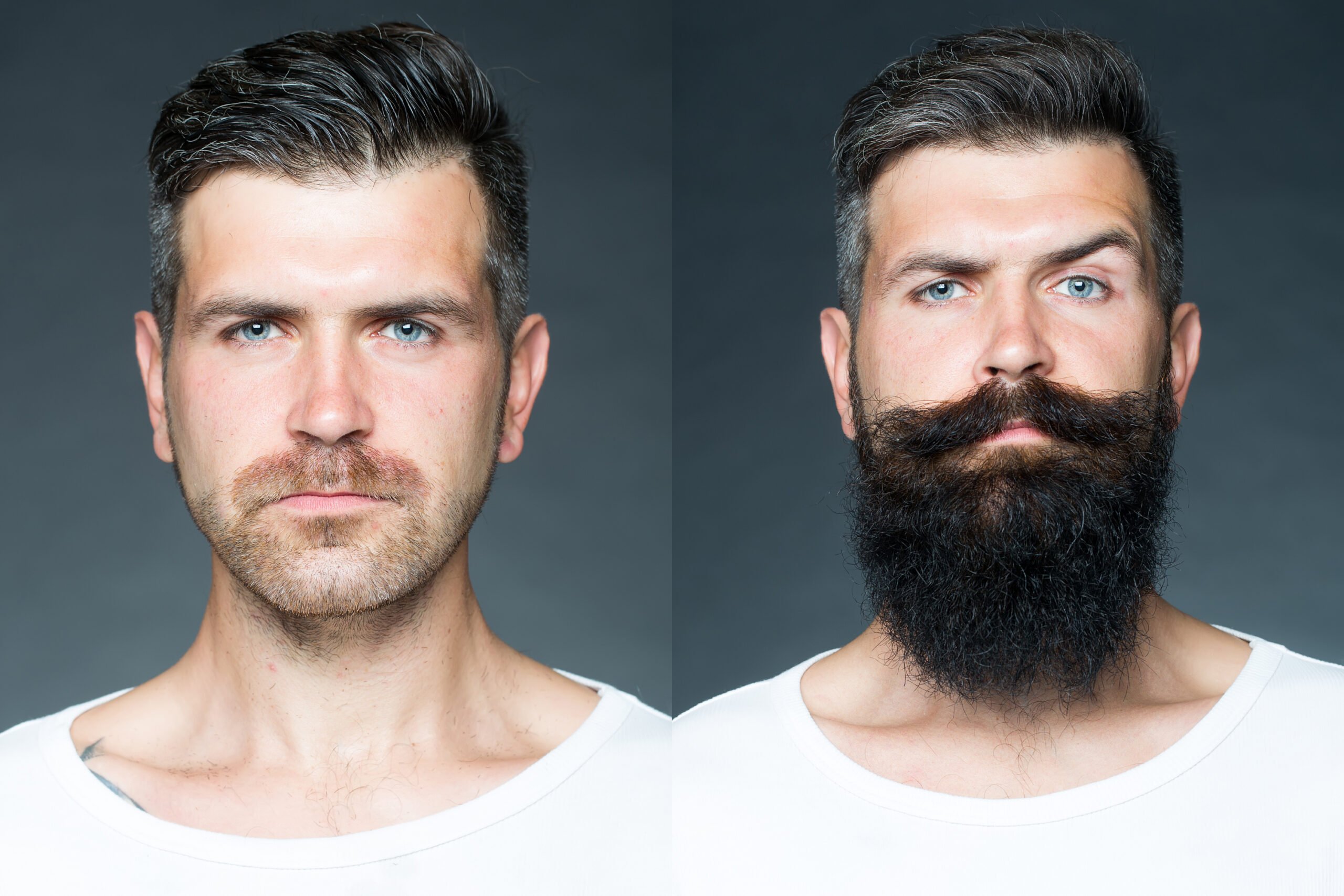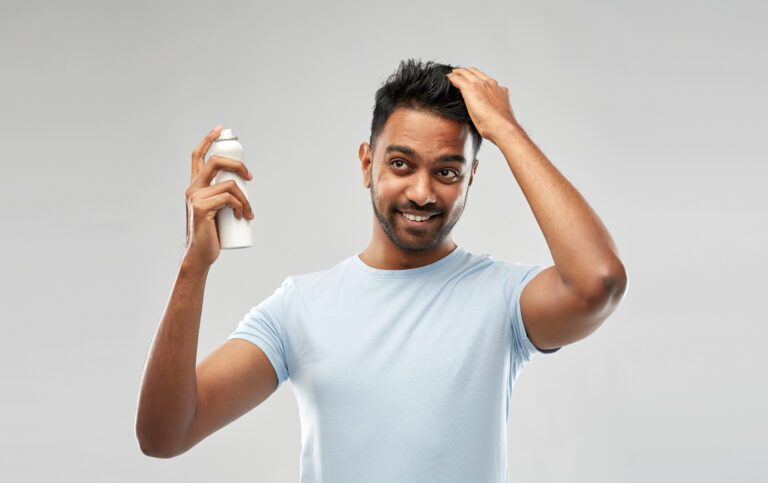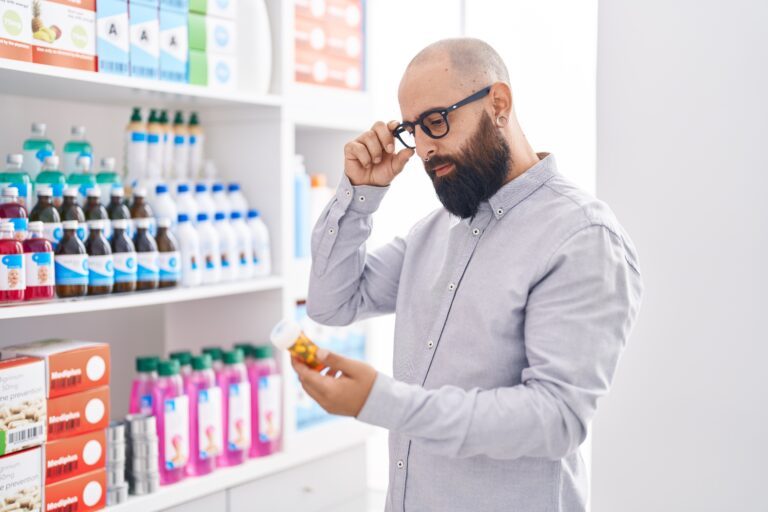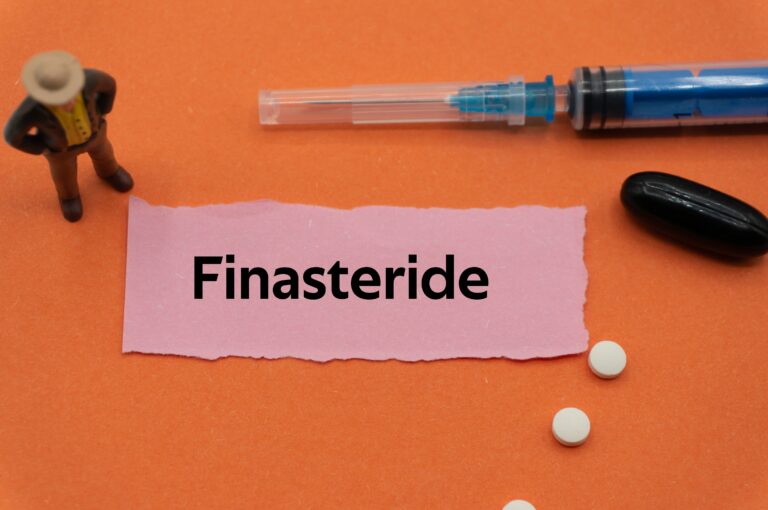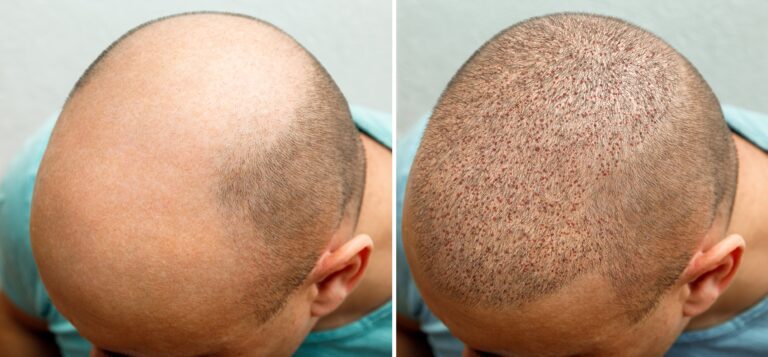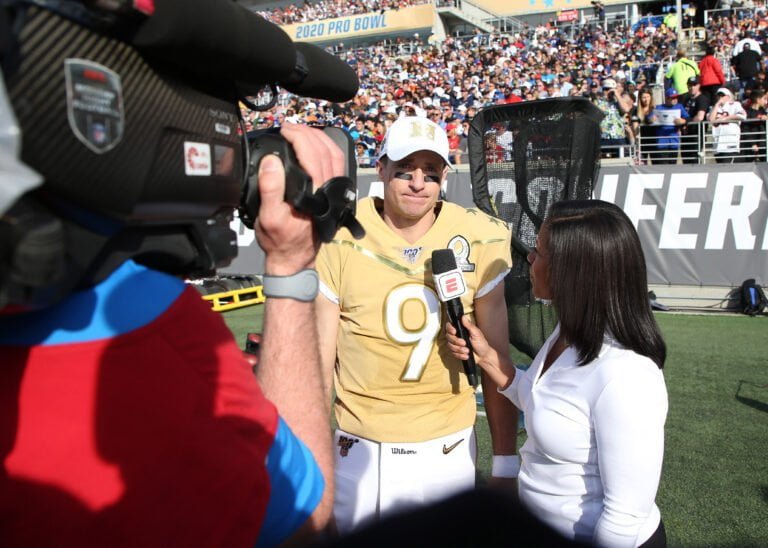Does Minoxidil Work For Beard Growth? (Before & After Pics)
Minoxidil, or Rogaine, is one of the most popular treatments for hair loss, specifically male pattern hair loss. It’s safe, convenient, and potent!
Additionally, you don’t need a prescription to get this treatment, as it’s available over the counter. Minoxidil is FDA-approved, so you know it’s safe. It works by stimulating blood supply to the hair follicles, which in turn promotes hair growth.
This begs the question: Does minoxidil work for beard growth?
Yes! Minoxidil works for all types of hair follicles, including facial hair. In this article, we’ll tell you how to get the best results when using minoxidil for facial hair growth.
Let’s dive in!
How Does Minoxidil Work?
Initially, minoxidil was an oral drug for treating high blood pressure. In 1987, researchers found that applying minoxidil topically drastically improved hair growth in both men and women.
Minoxidil works in two ways. First, it dilates the blood vessels, increasing the blood supply to the hair follicles. Since the blood carries oxygen and all the essential nutrients, the hair follicles can have all the elements they need for healthy growth.
Secondly, it reduces the follicles’ telogen phase, which is the resting phase where hair loss occurs. Minoxidil also prolongs the anagen phase—the growing phase.
Some studies suggest that minoxidil increases vascular growth factors. However, further research is needed to confirm its exact mechanism of action.
Does Minoxidil Work for Facial Hair?
Minoxidil promotes hair follicles’ healthy growth regardless of the location. So, it’s similarly effective for facial hair as it is for the scalp!
This means that if you apply minoxidil to your beard regularly, it’ll promote blood supply and prolong the growing phase. Then, you’ll see a fuller, denser beard in almost no time.
That said, you can’t expect the results from using minoxidil for your beard to be identical to minoxidil’s hair growth. That’s because there are many differences in the skin of the two areas.
To elaborate, your scalp has more hair follicles than your cheeks and chin. Additionally, the hair follicles in the beard are broader and flatter, which results in coarser, curlier hair.
A 2016 clinical trial showed that using 3% minoxidil lotion for beard enhancement can give satisfying results.
Unfortunately though, there isn’t enough research on the effectiveness of different concentrations of minoxidil on facial hair. Also, there aren’t many studies comparing it to other treatments.
Yet, testimonies from many men suggest that minoxidil is one of the most effective treatments for beard growth.
For example, Youtuber Kaz Veselka documented his minoxidil journey where he shared the effects of minoxidil on his beard with before and after photos. In 18 months, he went from having almost no facial hair to a full, luscious beard!
How to Use Minoxidil for Beard Growth
Using minoxidil for mustache and beard growth is easier than you might think. You don’t even need to alter your beard routine. Just follow these simple steps for the best results:
- Spray or apply minoxidil to a damp face, not to the beard hair itself! Minoxidil absorbs better when applied on damp skin.
- After applying the minoxidil, gently massage it for a couple of minutes.
- Make sure you only spray the product on the beard area, not your entire face, as it can lead to unwanted hair growth!
- Focus the minoxidil on patchy areas on your beard that require extra hair density.
- Next, wash your hands thoroughly, and leave the minoxidil on.
- You shouldn’t rub the minoxidil off, apply any other beard care products, or style your beard until it dries.
- Repeat these steps twice a day.
- Don’t use too much of the product, as this won’t improve the results. Instead, the minoxidil might get absorbed into your system, leading to unwanted side effects.
Tips to Get the Best Results From Minoxidil
Though spraying minoxidil by itself can give you great results, you can increase the efficacy of the treatment by doing the following:
Derma Rolling
Derma rollers work by creating tiny holes in your skin. In turn, this promotes skin elasticity and hair growth. Naturally, you should incorporate derma rolling into your beard care routine.
Moreover, using a derma roller can significantly help minoxidil penetrate your skin. That said, you shouldn’t use the two products simultaneously.
Instead, only use derma rollers once a week while sticking to your usual minoxidil schedule.
Beard Routine
While minoxidil can promote beard growth, you still need to take proper care of the growing hair. This way, you’ll get healthy, even growth.
Many men believe that they shouldn’t touch their beard in order for it to grow. Yet, shaving and trimming your beard is necessary. This way, you’ll get rid of all the dead, unhealthy hair, leaving room for healthy growth.
Don’t forget to wash your beard regularly and use different oils so your new-growing beard will look its best!
Supplements
Healthy skin and hair start from within. If you have a healthy diet, it’ll definitely show on your facial hair!
The best vitamin that’ll help your hair grow is biotin. It’s found naturally in eggs, whole grains, and meat. You can also get beard growth supplements that contain biotin and other essential minerals for your beard.
Side Effects of Minoxidil
Minoxidil is an antihypertensive drug first and foremost. It dilates the blood vessels of your entire body, leading to lower blood pressure.
This means that the side effects of minoxidil can be drastic. Still, you need to understand that the adverse effects vary from one person to the other. The side effects also depend on the amount of minoxidil you apply.
Usually, minoxidil’s side effects are temporary and only limited to the application area. You can experience redness, itching, or burning sensation. Some people also reported flaky skin.
If you suffer from systemic or uncommon side effects from minoxidil, consult your dermatologist immediately. These side effects include:
- Dry or scaly skin
- Change in hair color or texture
- Dizziness
- Numbness
- Swelling
- Low blood pressure
Is Minoxidil Suitable for Everyone?
After seeing the results of minoxidil on some people, you might think it’s a miracle treatment. However, this topical drug isn’t for everyone.
For starters, minoxidil doesn’t work on all people. Unfortunately, not all men are able to grow facial hair.
The reason you can’t grow a beard might be your ethnicity, genetics, or hormone balance. So, make sure you have realistic expectations before starting minoxidil.
Furthermore, minoxidil wouldn’t be suitable for people with sensitive skin, as it can further irritate the beard area. People who suffer from chronic skin conditions such as eczema or psoriasis should consult their dermatologist before using minoxidil.
If you’ve decided to start using minoxidil, make sure you’re doing so under a dermatologist’s supervision. You should also do a batch test before starting the treatment.
That’s not all! Even if you’ve been using minoxidil for your hair, you should observe how it’ll work on your beard. If you notice any abnormal effects, consult your dermatologist right away.
Minoxidil Alternatives for Beard Growth
If minoxidil isn’t right for you, don’t fret! Luckily, there are numerous treatments that may be just as effective as minoxidil. The best part is that they’re natural, topical alternatives.
Here are some oils you can use instead of minoxidil:
Castor Oil
Not only does castor oil hydrate your beard and give it a gorgeous shine, but it also stimulates hair growth! That’s because castor oil contains a potent substance that can reverse hair loss.
Castor oil also hydrates the hair and strengthens it. Accordingly, it can lead to faster growth of facial hair.
Here’s the kicker. Castor oil has no unpleasant side effects. It’s completely natural! It can even clean your beard, preventing stubborn beard dandruff.
As if that wasn’t enough, castor oil is a perfect moisturizer. This means it can soften your skin and reduce razor burns.
Castor oil is available everywhere. Just use a couple of drops all over your beard, focusing on the follicles, every night before bed. You’ll wake up to the softest your beard has ever looked!
Peppermint Oil
If you’re not drawn to peppermint oil because of its refreshing and minty smell, you’ll definitely want to get your hands on it once you know its benefits for beard growth.
Similar to minoxidil, peppermint oil stimulates blood flow to the hair follicles. It also induces the anagen phase, making it the perfect alternative to Rogaine for the beard.
Furthermore, peppermint oil is one of the best natural treatments for dandruff and other skin infections. So, if you’re suffering from barber’s rash, you can safely use this essential oil to combat the infection and grow healthy facial hair.
Rosemary Oil
Rosemary oil is one of the most underrated, yet potent, essential oils. It’s the ideal oil for fighting hair loss and promoting healthier hair.
That’s because rosemary oil can actually fight off DHT, the enzyme responsible for male pattern hair loss. Therefore, it can turn any dead or damaged hair follicles into healthy, rapidly growing ones!
Rosemary oil can completely restore your facial hair without any side effects. In only seven months, rosemary oil showed 44% improved beard growth.
Frequently Asked Questions
How long does it take for minoxidil to work on beard hair?
Patience is the key when using minoxidil. It takes about four to eight weeks for minoxidil to work on hair.
This means that after at least two months of minoxidil, beard results will start showing.
Does minoxidil work for everyone?
Unfortunately, some men can’t grow facial hair. While minoxidil can definitely improve hair growth, the results might not be satisfactory.
Additionally, the effects of minoxidil vary from one person to another. You might see astounding results in some men, but it might not work as well for others.
Still, you should consistently use minoxidil for at least six months before judging its results.
In Conclusion
So, does minoxidil work for beard growth?
Minoxidil, or Rogaine, is one of the best topical treatments for facial hair growth. This product increases blood supply to the hair follicles while promoting the anagen phase.
That said, minoxidil’s effects differ from one person to another. Moreover, if you’ve already been using Rogaine for your hair, you shouldn’t expect it to produce identical results in the beard. That’s because the two areas are vastly different.
You should also note that minoxidil isn’t specific for facial hair growth. Instead, there are other, milder, topical treatments that you should consider before trying minoxidil. For example, castor, peppermint, and rosemary oil have shown similar results to minoxidil, with fewer side effects.

